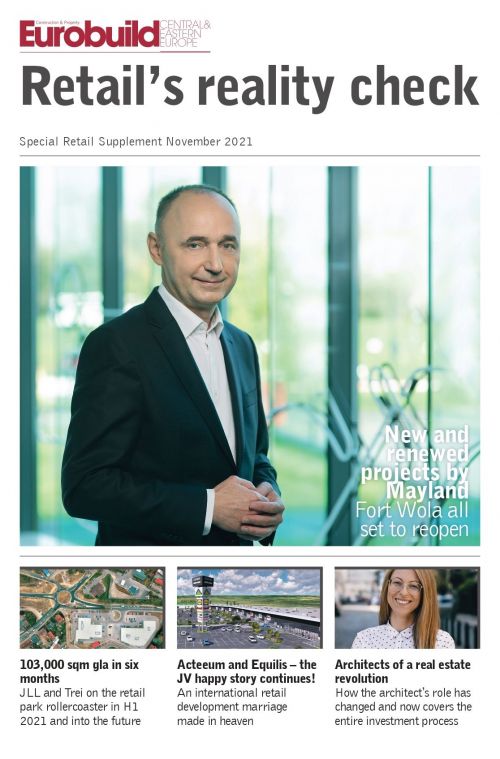How has the architect’s role changed over the last thirty years or so?
Ewa Kawulok-Matkowska, managing director, Ozone Architekci: In the past, the architect was above all responsible for the aesthetics and the technical solutions of a building – that image most people have of an architect as someone who just draws designs. Nowadays, architects spend most of their time completing the legal documentation for projects and ensuring their technical feasibility to meet the expectations of developers and the requirements of tenants. These days their role in an investment is more about advising on the technical and economic aspects of the project. This is particularly true of commercial projects, including retail projects. In retail, changes to the leasing in the future, spatial adjustments to meet tenants’ needs and the future running cost reductions for a building all depend on how well a project has been worked out. The clients have to be fully informed before they can m































































